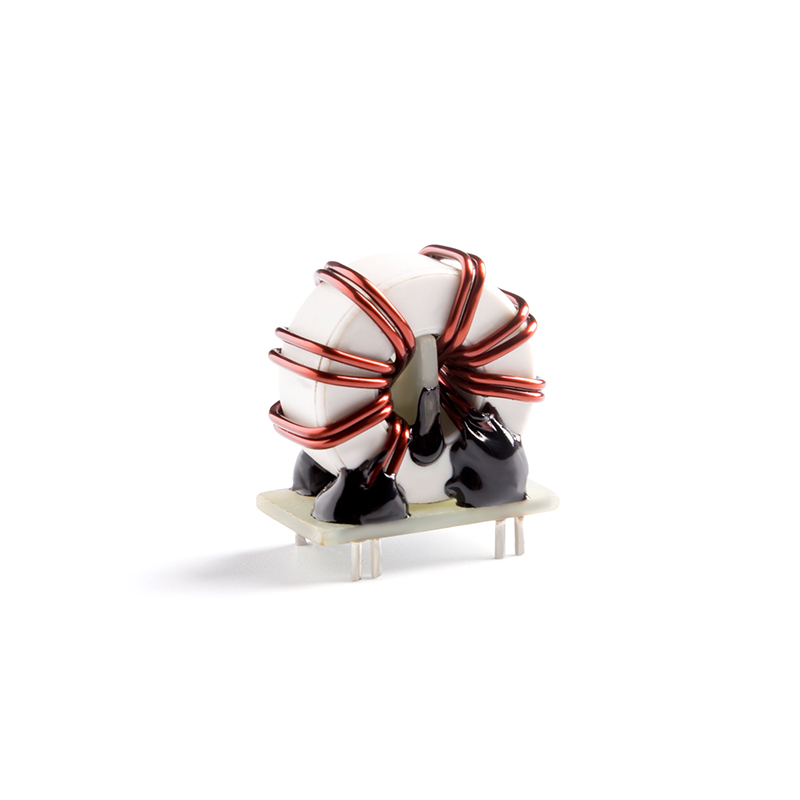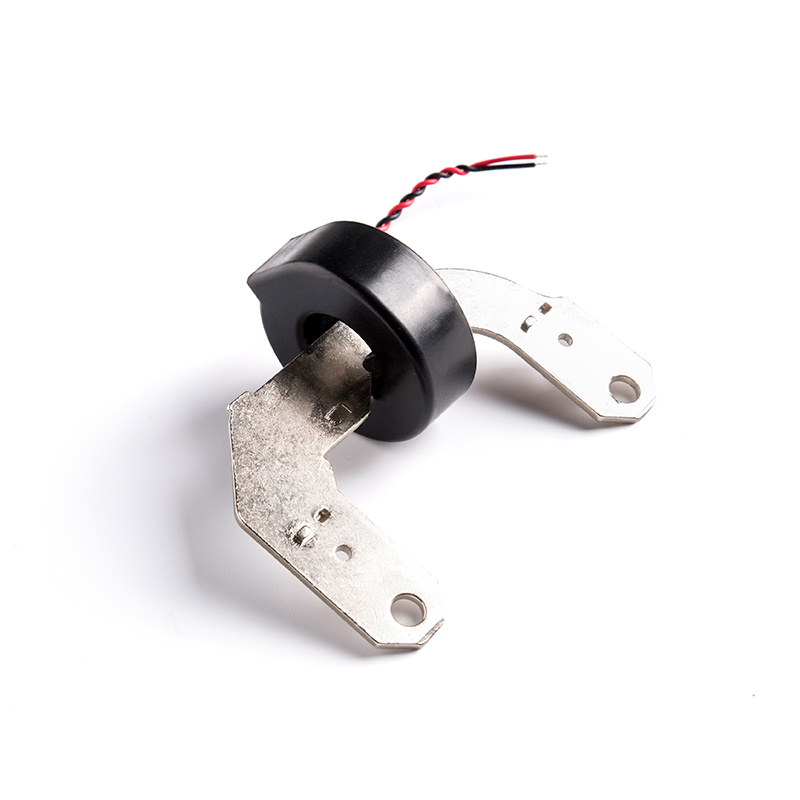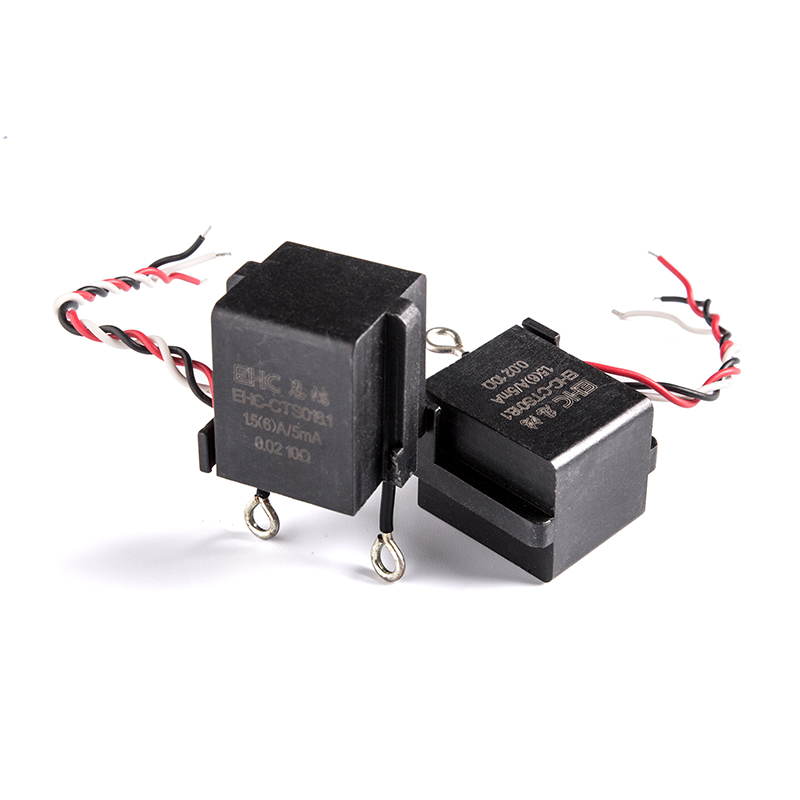Impact of Frequency, Temperature, and Magnetic Field Strength on Magnetic Core Selection
Selecting the right magnetic core is a critical aspect of designing efficient transformers and inductors for various electronic applications. Several factors influence the choice of magnetic cores, and among them, frequency, temperature, and magnetic field strength are pivotal considerations. Understanding how these factors impact magnetic cores is essential for achieving optimal performance and reliability in electronic devices.
1. Frequency:
Effect on Core Material Selection: The frequency at which a magnetic component operates has a significant impact on the choice of core material. For high-frequency applications, where the magnetic field is rapidly changing, materials with lower core loss and high permeability, such as ferrites, are often preferred. Ferrites exhibit reduced eddy current losses at higher frequencies, making them suitable for applications like switching power supplies and radio-frequency (RF) transformers.
Skin Effect Consideration: At higher frequencies, the skin effect becomes more pronounced, causing the magnetic flux to concentrate near the surface of the conductor. This phenomenon influences the effective magnetic path within the core, and core materials with high resistivity, like powdered iron or ferrites, are chosen to mitigate skin effect losses.
2. Temperature:
Thermal Stability of Core Materials: The operating temperature of a magnetic component is a crucial factor in core material selection. Different core materials exhibit varying thermal stability and magnetic properties across temperature ranges. For example, ferrite cores are generally stable at higher temperatures, while certain powder cores may be chosen for their ability to withstand extreme temperature conditions without significant degradation.
Curie Temperature: The Curie temperature is another critical consideration. Beyond this temperature, certain magnetic materials undergo a transition and lose their magnetic properties. It is imperative to select a core material with a Curie temperature above the highest expected operating temperature to ensure stable performance.
Thermal Aging and Core Losses: Operating magnetic cores at elevated temperatures can contribute to thermal aging and increased core losses. Designers must account for these factors by selecting materials with low thermal aging rates and choosing appropriate core sizes and geometries to manage heat dissipation.
3. Magnetic Field Strength:
Saturation Flux Density: The magnetic field strength influences the saturation flux density, which is the maximum magnetic flux a core material can withstand before reaching magnetic saturation. In high magnetic field strength applications, where the flux density is close to saturation, it is crucial to choose a core material with a high saturation flux density to prevent magnetic saturation and associated losses.
Hysteresis and Core Losses: As the magnetic field strength increases, hysteresis losses within the core become more pronounced. Core materials with lower hysteresis losses, such as certain types of amorphous alloys or nanocrystalline materials, may be preferred for high magnetic field strength applications to minimize energy losses.
Magnetic Permeability: The magnetic permeability of a core material determines its ability to concentrate magnetic flux. Different applications may require materials with specific permeability values to achieve optimal performance. For instance, high permeability materials are often chosen for inductors and transformers requiring strong magnetic coupling.

 English
English 中文简体
中文简体 Deutsch
Deutsch 日本語
日本語

 View More >>
View More >> View More >>
View More >> View More >>
View More >> View More >>
View More >> View More >>
View More >> View More >>
View More >> View More >>
View More >> View More >>
View More >>